I have always been fascinated by all things survival.
No, I’m not a prepper, but it’s a source of confidence, even pride, to simply know that I have the skills and knowledge to navigate a variety of outdoor survival situations. Low-key, that’s the satisfaction I feel when I manage any camping feat with my loyal Swiss army knife. High-key would be any long-distance walking holiday I ever embarked on. But the feeling is the same, and anyone can experience it.
When it comes to foraging, that satisfaction becomes part of the flavour. Whether it’s baking a pie with wild apples, making an herbal pesto or seasoning a salad with found greens, anything foraged simply tastes better. And beyond savouring your harvest, going foraging is a great pretext to stretch your legs, breathe in the fresh air of spring and, above all, connect with nature.
But how can you get started, and what should you expect from a foray into foraging? I recently took a class to learn more about what to pay attention to and watch out for when hunting for wild herbs and flowers.
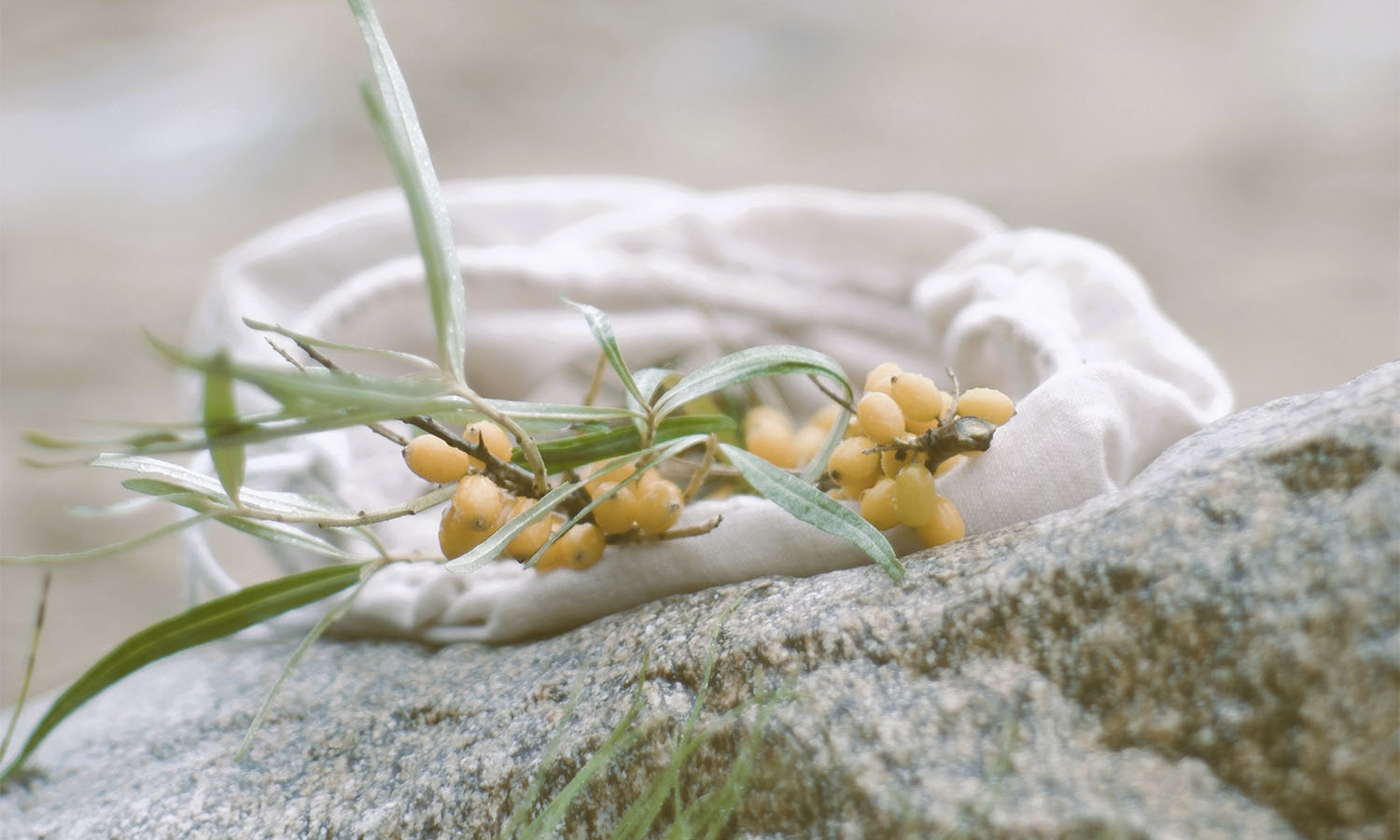
Play It Safe
Before we start, a word of caution: recognising edible plants is not always easy and the need for prudence should not be underestimated, as mistakes can have serious consequences. Even the most innocuous-looking flower can be poisonous. Case in point: wild garlic. No matter how much I love it, I wouldn’t dare pick it myself, as the plant is very similar in appearance to lily of the valley and autumn crocus, both of which are poisonous.
Generally speaking, “a plant can only clearly be identified when it is in bloom,” says Astrid Süßmuth, naturopath and author of numerous books about medicinal plants. Once in bloom, in fact, the above-mentioned plants produce very different flowers and can be easily told apart. Still, it’s best to stick to the most recognisable plants, as growing conditions differ wildly across environments. Plants of the same species in different locations, even within the same forest, can bloom at different times.
Four Easy Choices
Luckily, during my class, I encounter several plants that are relatively easy to recognise, such as:
Dandelions (taraxacum officinale), a detox powerhouse. This herb is so well-known that some varieties are also sold in supermarkets. The slightly bitter leaves have a diuretic effect, contain vitamins and minerals, and can be easily tossed in a salad. But the best part of the plant are the unopened buds, which taste sensational – and I can’t stress this point enough – pan-fried and seasoned with salt.
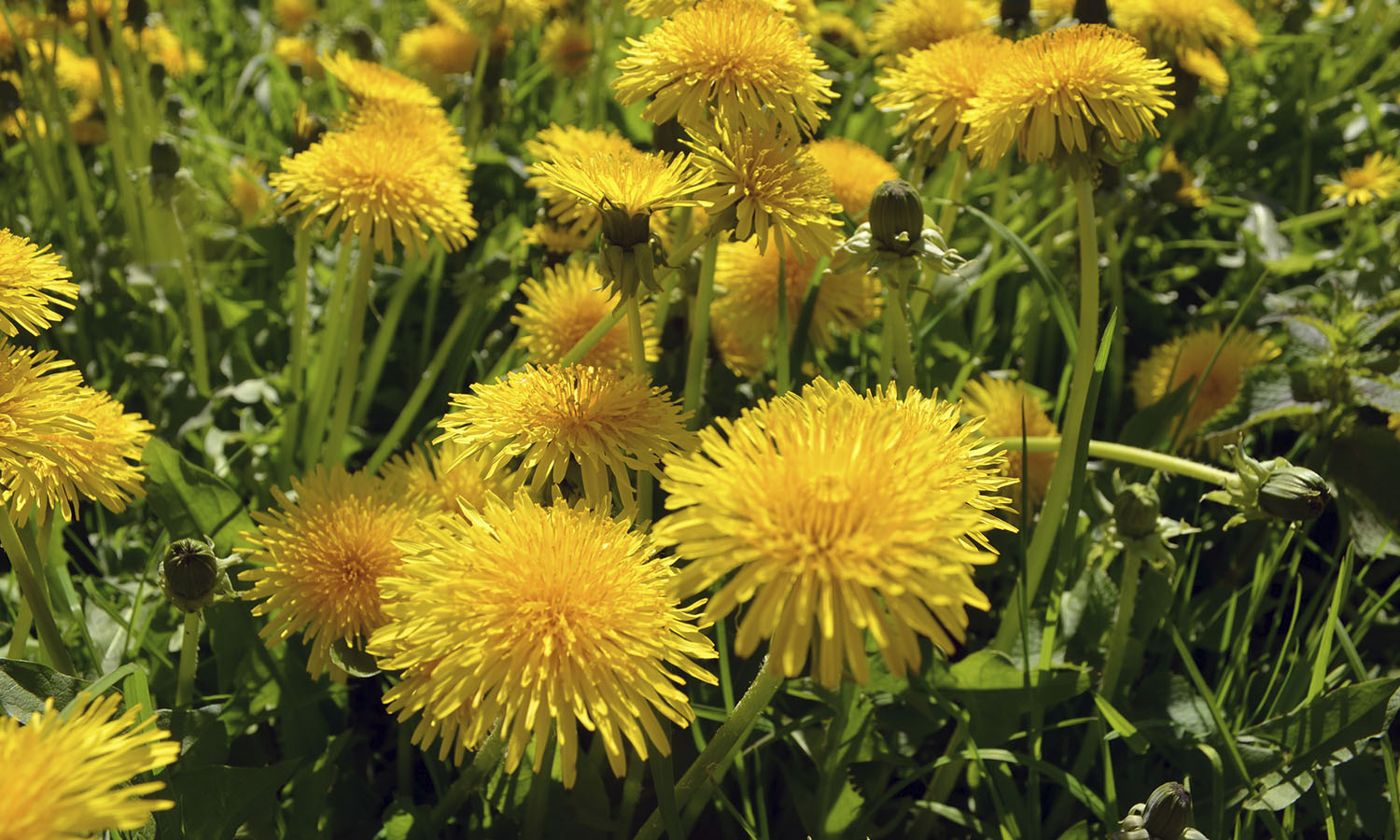
Nettles (urtica dioica) can be eaten boiled like spinach. While slightly different in flavour, they contain a lot of nutrients, including both iron and vitamin C. They also have a diuretic effect, so nettle tea lends itself perfectly to a spring detox. And those in need of a tastier recipe can’t go wrong with a nettle omelette.
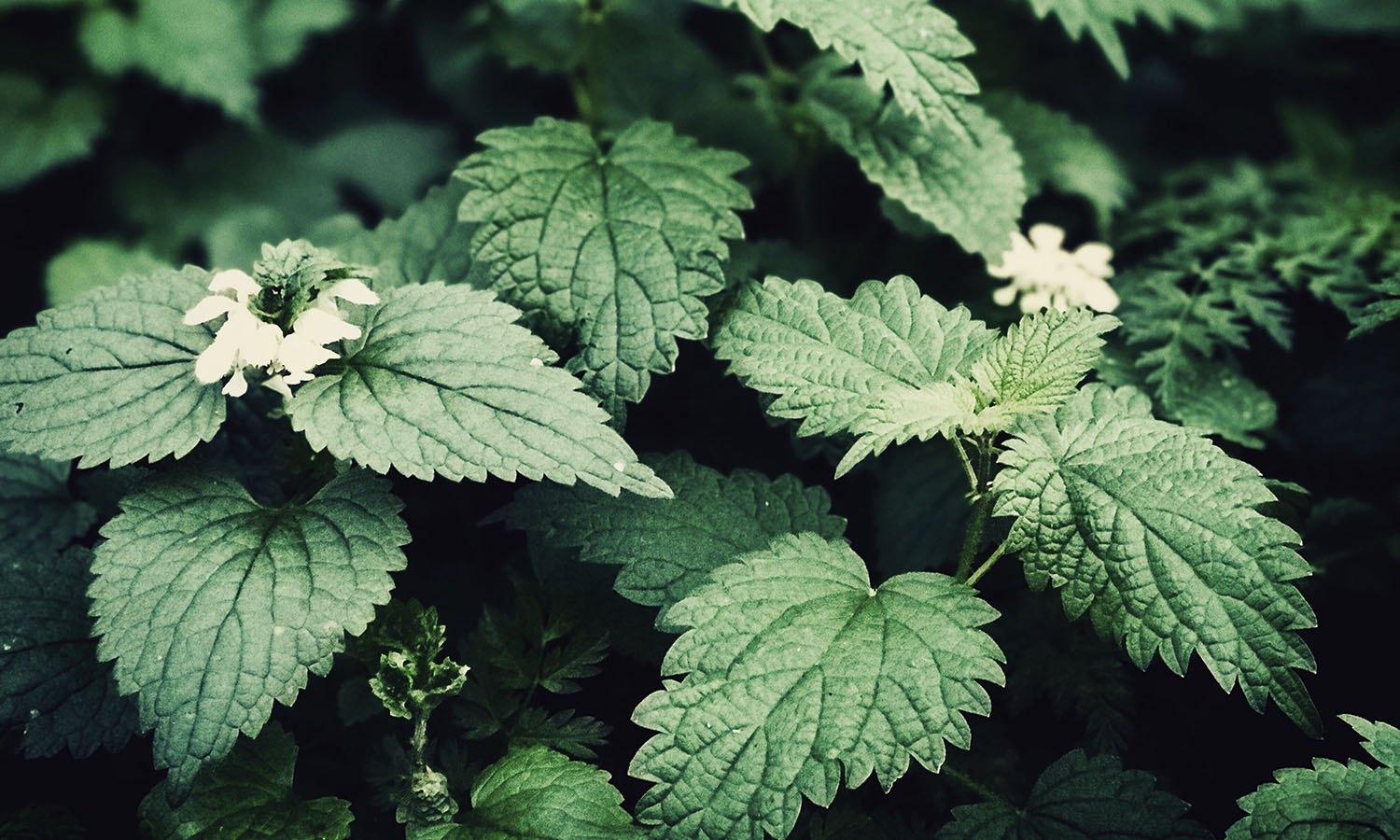
Common Daisies (bellis perennis) offer slightly bitter, edible flowers that make an eye-pleasing addition to any salad, and are said to help reduce inflammation and benefit the immune system. Nutritional benefits aside, “daisies can make you happy just by looking at them,” says Süßmuth. “Hanging a photo of daisies in your bedroom can help you relax and fall asleep more easily.”
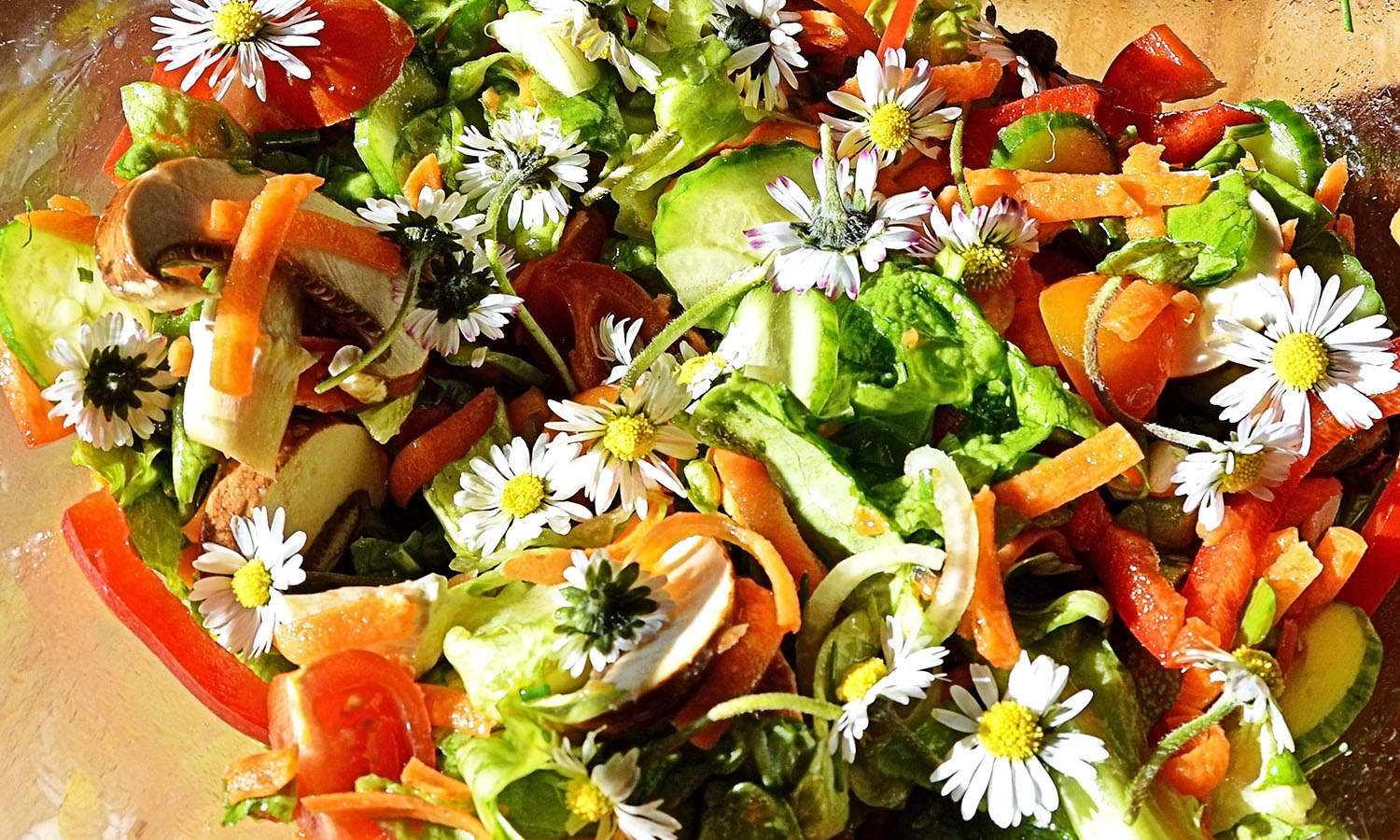
Sweet Violets (viola odorata) produce edible flowers, but don’t rely on the smell: “Only about 30% of people can smell violets,” says Süßmuth. The reason might be tied to having a certain gene, according to a recent study. Better look at the leaves, which need to be round and not pointy, and the stem, which should also be violet (here is a good overview of the different kinds of violets). The flowers can both be added to salads, candied or used to infuse (and tinge!) spirits such as vodka or gin.
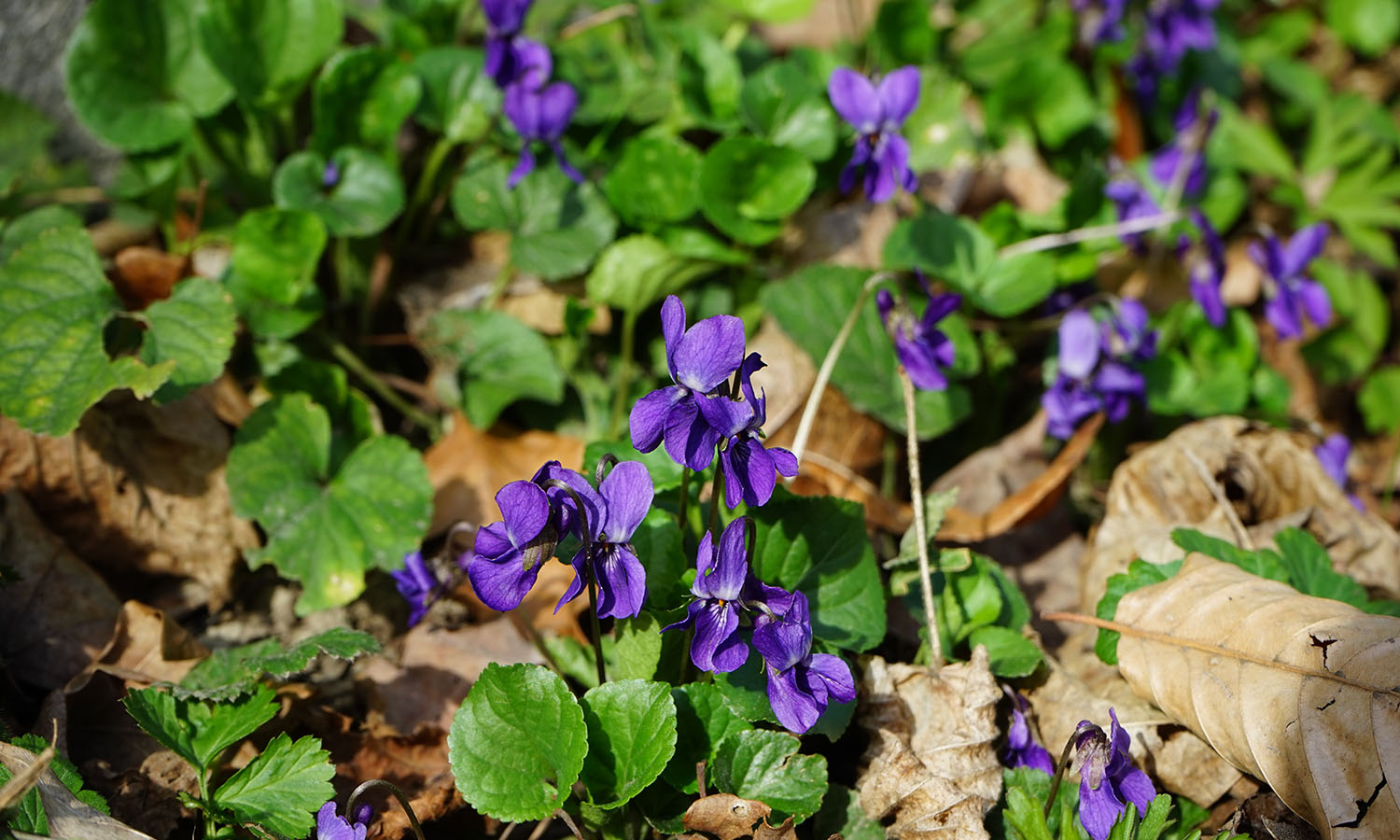
Connecting With Nature
As rewarding as it is, foraging primarily represents a chance to connect with nature, and for a few hours, I go back to a simpler, more authentic way of living. Even if I could become a bottomless pit for pan-fried dandelion buds, as I pick them I am aware of the fact that I am also taking them away from others. The thought helps me restrain myself.
“Only take what you need,” an Indigenous Australian guide once told me. The sheer fairness of his philosophy has stayed with me ever since. Beyond the next forager, wild plants are the only means of survival for countless wild animals that inhabit our forests and fields, including the insects that pollinate our food. I am ashamed to admit that, far too often, I tend to forget about their existence, probably because I rarely ever see them.
As I look at the buds that I left behind on the plants, I realise that taking more would go against the very nature of foraging: nature is not a supermarket. The scarcity of my harvest is what makes it special and exciting. Better to enjoy the authenticity of wild produce, something that is becoming rarer and rarer in our lives, while respecting its limited quantities. After all, I am finally eating a delicious thing that we humans neither produced nor interfered with, and that is something that deserves to be protected and preserved.

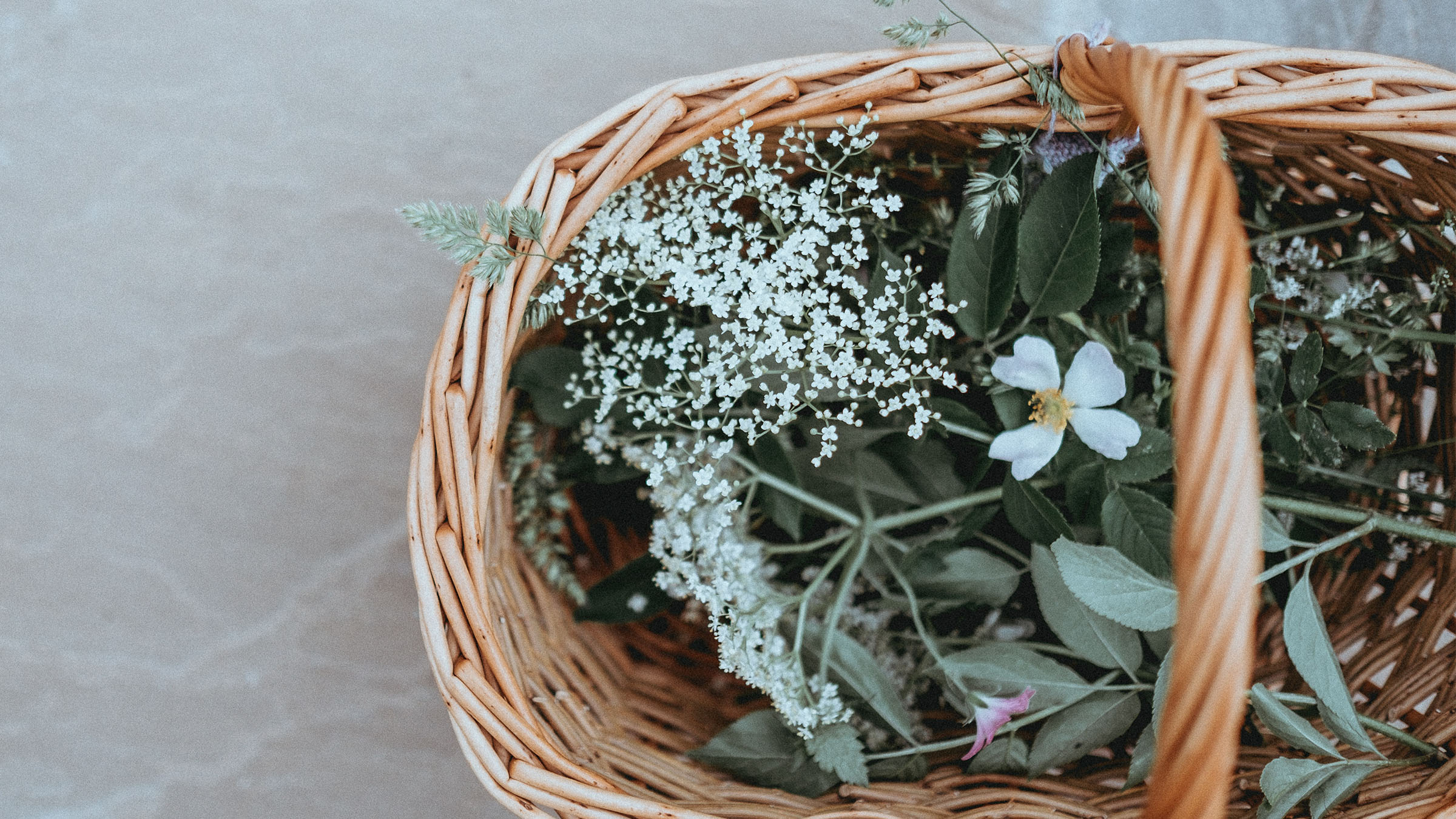
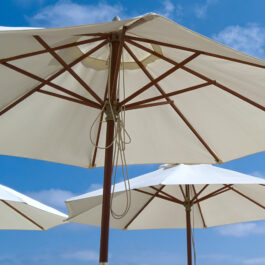
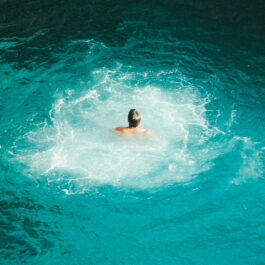
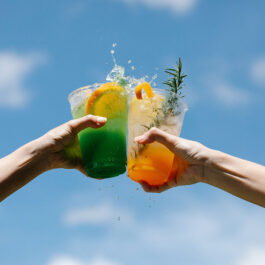






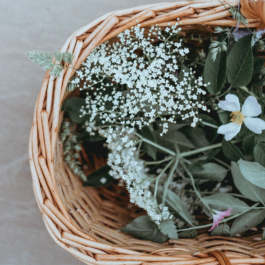


Sorry, the comment form is closed at this time.